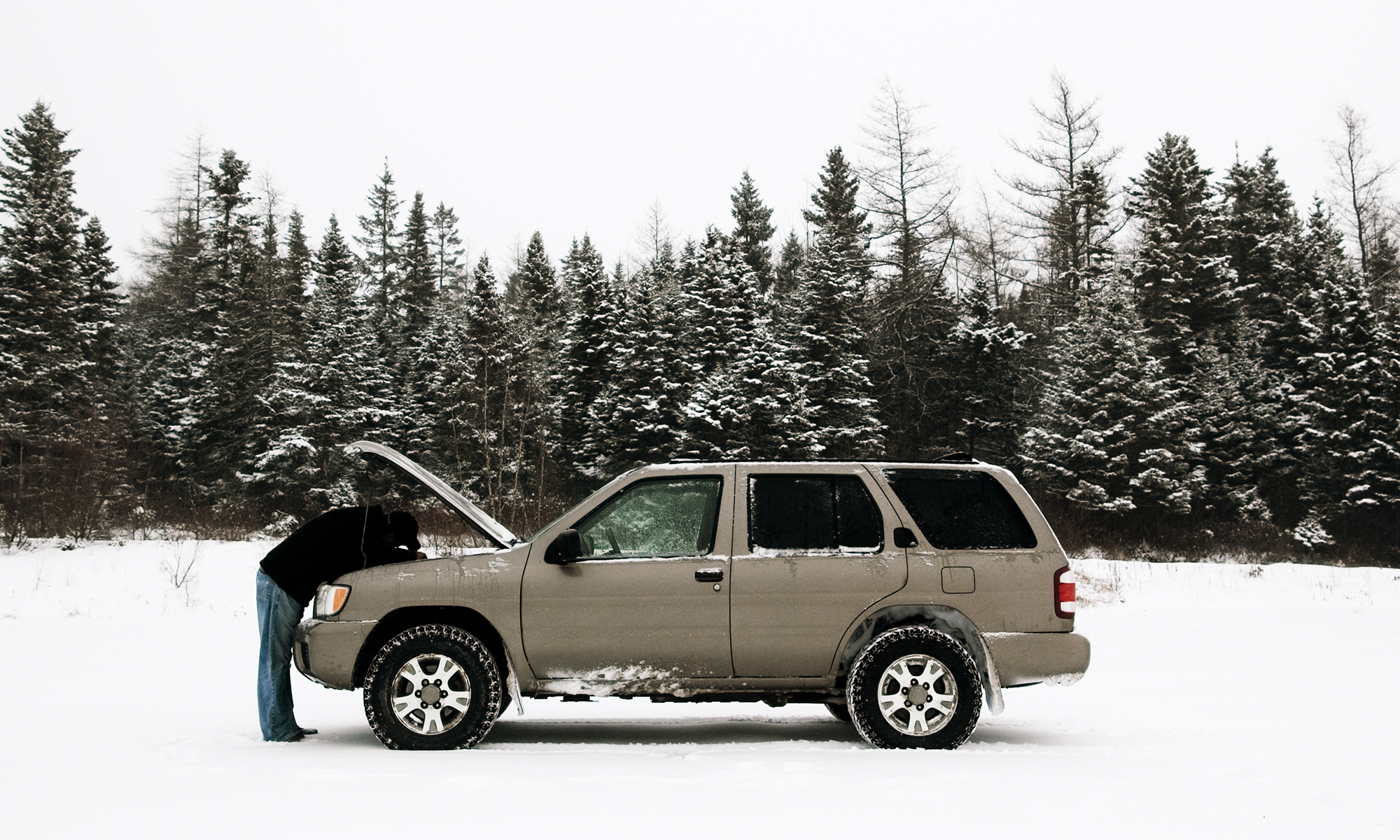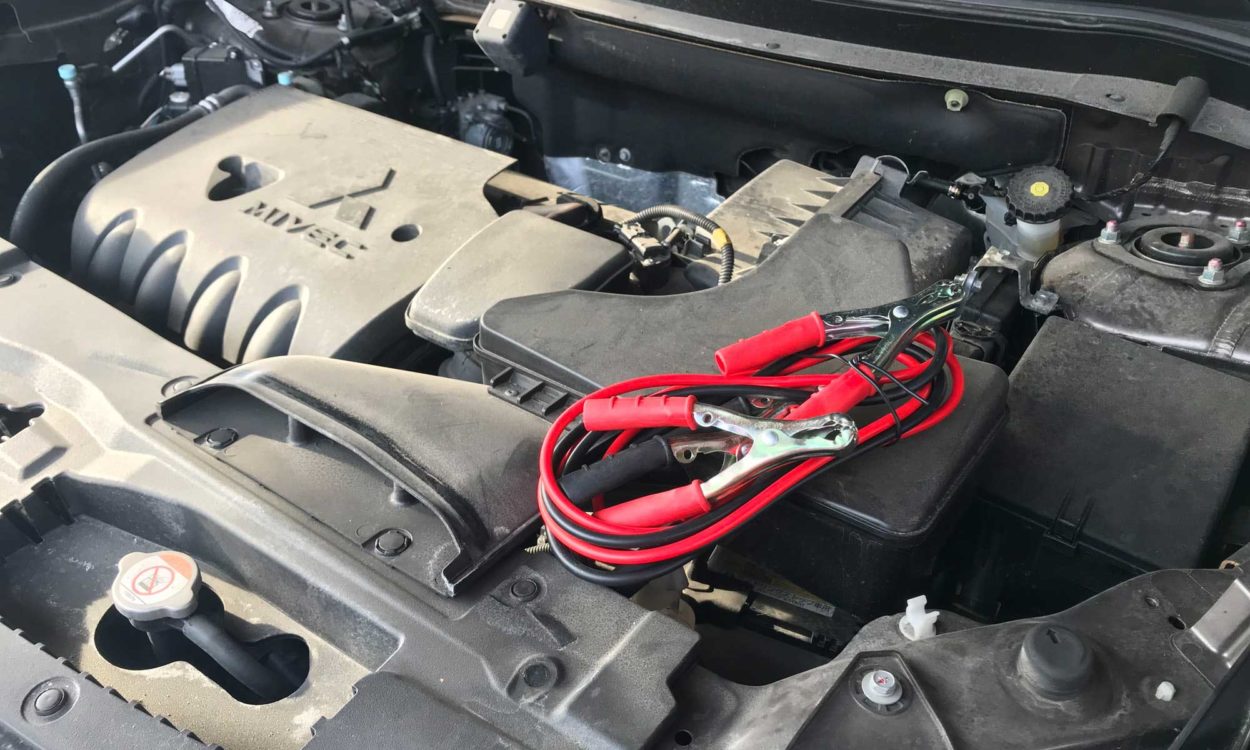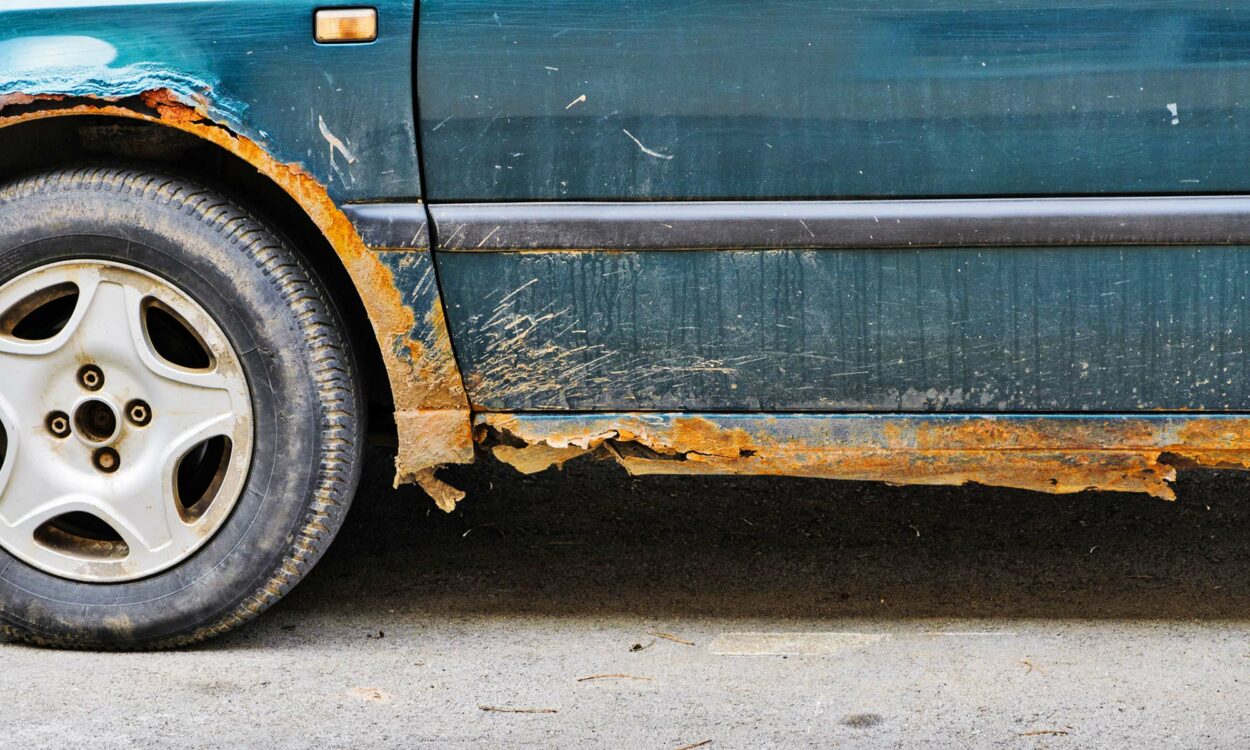Winter Car Maintenance Musts

As the seasons change from fall to winter, it often means a few things. For one, your schedule will likely get even more packed between holiday shopping, parties, work outings and the like. But, while it’s easy to get lost in the hustle and bustle of the season, staying up-to-date on your car’s maintenance needs should never leave your to-do list, as it will help ensure that it runs at its best throughout the cold winter months.
And while every vehicle will have a specific maintenance schedule they should be following, there are a few maintenance musts that any car owner should tackle before the winter. Plus, learning more about winter car care, like how the colder weather affects your vehicle, can help keep your vehicle in good condition for the season ahead.
How Winter Weather Affects Your Vehicle
While the weather outside can affect the ins and outs of your vehicle any time of year, the extreme hot and cold temperatures of the summer and winter cause the most issues. Mainly, extremely hot or cold temperatures can cause various issues to your vehicle.
For the frigid winter months especially, some of the most common things you should prepare for include:
Lower Tire Pressures
Once the temperatures drop, you may notice your tires looking a little flat. It may even go so far as to activate your car’s tire pressure monitoring system (TPMS) light display on your dashboard. But why? Well, it’s just a matter of science, as the cold weather causes the air in your tire to become denser, thus lowering the tire pressure (also known as PSI). This cannot be prevented, so checking and adjusting your tire pressure each week or every fill-up is a good idea.
Car Battery Issues

If the scorching summer heat didn’t take a toll on your car’s battery already, the winter surely will. More specifically, you can actually expect your car battery to lose up to 35% of its strength in cold temperatures below 32 degrees Fahrenheit. Worse, this can rise to 60% if temperatures drop to zero.
Windshield Wipers Wear Faster
While not directly resulting from the colder weather, freezing rain and ice can cause your windshield wipers to wear faster than usual. This is due to your wiper blades gliding across ice and debris on your windshield, damaging the sensitive rubber blades. This can lead to streaking, squeaking noises, and the general ineffectiveness of your windshield wipers. Luckily, you can prevent this by defrosting your windshield and using a tool like an ice scraper before activating your windshield wiper blades.
Fluids Can Thicken
Just as rain can turn to snow, winter weather can cause the fluids in your vehicle to thicken up, causing various parts or systems to fail or not function properly. This can include everything from engine oil, coolant, windshield washer fluid, and then some, especially if you aren’t using the recommended fluids listed in your car’s owner’s manual.
Weatherstrip Damage from Freezing
Weatherstripping on your vehicle refers to the seals that go along the doors, trunk and other open areas to keep rain, wind, and debris outside your vehicle. However, similar to windshield wipers, weatherstripping is made from rubber, which can deteriorate due to exposure to the elements, like freezing temperatures.
Rust from Salted Roads

Winter driving can be a nuisance at best and dangerous at worse, depending on where you live and the amount of ice or snow you deal with on the roads. To help combat this, however, salt trucks spread road salt along the roads to melt the ice. But, while this makes commuting much safer, the salt can wreak havoc on your vehicle’s metal components, as salt mixed with moisture from melted ice and snow gets thrown into every nook and cranny under your vehicle. This will lead to rusting, which can deteriorate your vehicle’s frame and other metal components.
Winter Car Maintenance Tips
As a car owner, you must prepare your car before winter to avoid any of the above issues. And while you can and should be following the maintenance schedule in your owner’s manual, some specific maintenance tasks can protect your car from winter car issues.
Check Your Car Battery
One of the essential winter maintenance tasks is checking your battery and charging system, especially before finding yourself stuck on the side of the road in the middle of a winter storm. Luckily, most auto parts stores will do this for free, so there is no excuse not to have it done.
A battery check will run the battery through a stress test to see if it is still operating as it should. The mechanic will be able to determine whether or not your battery is good or if it will make it through the winter. This is a great time to check your battery connections for any corrosion and a secure connection. Keeping a battery charger in your winter emergency kit is also a good idea.
Check & Replace Windshield Wipers
With winter weather quickly approaching, you can plan on using your windshield wipers more often. The last thing you want to do in the freezing cold is to change your wiper blades. Get ahead of any potential issues by inspecting your wiper blades for any cracks, chips or other visible issues and replacing them as needed.
Check & Top-off or Replace Engine Fluids
No winter car maintenance is complete without an oil change and fluid check. Top off any low fluids, or replace any if needed. And remember, you should also be checking the condition of your coolant and cooling system during this time to ensure you have the correct amount of antifreeze to keep your coolant from freezing.
Check Tire Pressure & Condition
Before the ice and snow hit, check your tires’ condition and pressure. First, tires below the recommended tread depth can be a huge hazard on the road, as you will not get good traction in wet weather conditions. So always check your tire’s tread before the first snowfall using either a tire tread checker or the penny trick.
Next, check your tire pressure weekly throughout the winter to ensure it stays at the correct pressure. This is also a great time to install snow tires or winter tires if you are not using an all-season tire. While not entirely necessary, these specially designed tires can help give you greater traction when driving in sleeker winter conditions.
Check Belts & Hoses
If you can access them, check the condition of the belts and hoses on your vehicle. The serpentine belts should not have cracks or frays. If they do, you’ll need to replace them as soon as possible. A broken belt can leave you stranded on the highway in the middle of a snowstorm. Inspect your hoses for any swelling or signs of damage and replace them accordingly.
Check the Function of the Heater

While this is not necessary for scorching summers, it is certainly something you will want to check if you rely on your heater during the winter. Checking the function of your heater and defroster before it gets too cold will allow you to fix the problem ahead of time instead of during the winter months when the A/C mechanic might be backed up with heater work.
Wash Your Car (And Wash It Often)
Car washes and the blazing summer sun often go hand-in-hand, but maintaining any vehicle means washing it year-round, especially in the winter. Snow can become mixed with contaminants such as dirt, debris, and road salt, leading to rust or other corrosive issues in your vehicle. Regularly washing your car in the winter will help protect your paint and metal components from damage or rust.
Have the Right Warranty
Car maintenance is a must for any vehicle, but no matter what you do and how often you perform it, you will only be able to prevent so much. But when it comes to those unexpected breakdowns and other repairs, having the right warranty coverage can be invaluable.
For example, with coverage from an award-winning Endurance auto protection plan, you can get peace of mind knowing we’ll protect your car’s vital components from expensive auto repair bills. Even better, you’ll also enjoy complimentary services like 24/7 roadside assistance and towing, trip interruption coverage, and rental car reimbursements, so no matter where you are when your car breaks down, Endurance can help. Plus, you can also get even more perks and savings by activating an entire year’s worth of Endurance Elite Benefits, including tire replacements or repairs, collision discounts and more.
Keeping Your Car Running All Winter with Endurance
Keeping your car well-maintained throughout the year is essential. But, while following some basic winter car care maintenance tips is a great way to prevent issues during the colder months, unexpected breakdowns can still occur. That’s why having the coverage of an Endurance auto protection plan is a must for any car owner.
With Endurance, you can go through the holidays stress-free, knowing that your car’s most vital components, such as the engine, transmission, and more, are covered from the cost of an unexpected breakdown. Endurance makes it easy by allowing you to take your vehicle to any ASE Certified mechanic or automotive repair shop you choose. You will also get complimentary benefits such as 24/7 roadside assistance and more. Plus, every new Endurance customer will be automatically eligible for a year of Elite Benefits that offer more coverage and savings, including tire replacements or repairs, total loss protection, key fob replacements and even collision discounts.
Get started protecting your vehicle today by requesting a free, no-obligation quote. Or, to learn more about how an award-winning Endurance auto protection plan can help you, call our customer care team at (800) 253-8203. Or, to find even more articles on topics such as DIY car tips, auto expert buying guides, extended warranty coverage comparisons and others, visit the Endurance blog.













As both an Army Veteran & ASE Certified repair shop owner, Andrew has made educating the modern driver an ongoing mission since the opening of his repair shop, Midwest City Autospa, in 2012. Read more about Andrew.